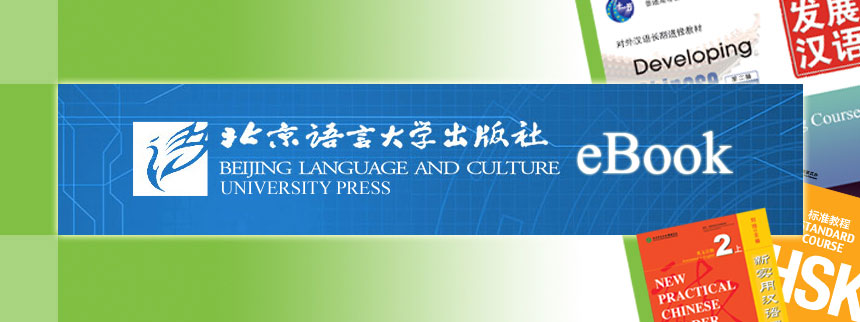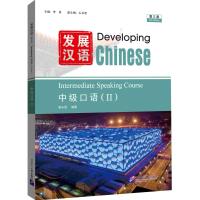Online Bookstore
Developing Chinese (3rd Edition) Intermediate Speaking Course (Ⅱ)
Author:Li Quan
- Medium:Books
- ISBN: 978-7-5619-6799-7
- Page Count: 199
- Size:
- Pub Date:2025-09
- The book weight: 500 g
- Annotation Language:English
- Course:Speaking
- Target Audience(Age):College ,Adults
- Target Audience(Language):Advanced
- Price:
-
Category: Textbooks >Study in China >Long-Term
Textbooks >Study outside China >Adults
More














